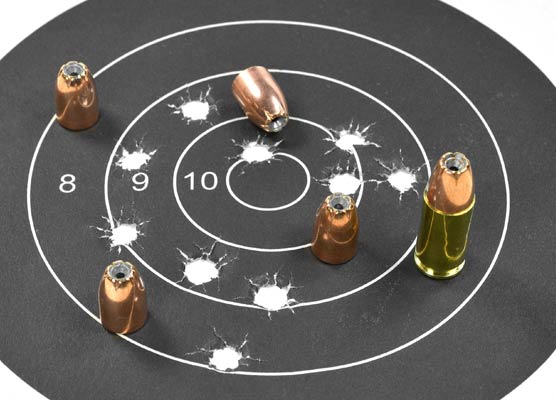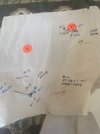does one also subscribe to in bore yaw ?
I don't think the two philosophies are are mutually exclusive. We can understand that the chamber freebore/throat and leade can draw eccentric or non-axial bullets to improved alignment while we still understand that the bullet can be damaged to travel down the bore without perfect axial alignment.
But we kinda remain to be following the same observation bias - we believe straight ammo SHOULD shoot smaller, so we believe it DOES shoot smaller, so even when presented with aligned principles and experimental data - or even presented with generations of competition results - folks are more apt to grasp at straws to argue against the results rather than learning from them. Folks have been jamming flat based bullets with long bearing surfaces for short range benchrest for a long, long time. Why? Because that long bearing surface should promote better axial alignment in the bore.
Weatherby rifles, alternatively, have traditionally had RIDICULOUSLY generous freebores, and they still tended to shoot extremely well... Why? Because bullets are still running into the leade and being forced to align to the bore.
We also see exceptionally small groups being fired by VLD's which are jumping, and boattail bullets which have short bearing surfaces... why? Again, because bullets are still running into the leade and being forced to align to the bore.
But we can see evidence of BOTH principles in Bryan's Part 2 video - he shows both that the rifle is bending the rounds straighter simply by chambering with a few pounds of force generated by the shooter closing the bolt AND that the bullet is taking damage on one side from that asymmetric contact... So it's fair to understand that the bullet could be asymmetrically damaged and still have some axial misalignment (in bore yaw) when it is forced through the leade under several thousand pounds of pressure AND still understand that this contact is pushing the bullet into better alignment to the bore...
So then we're simply circling back to the original illogical tautology - we think straighter ammo is better because it's straighter... But we're still failing to present data which proves a differentiation between whatever in-bore yaw we might be having if we don't cull by concentricity vs. whatever in-bore yaw we might be eliminating by culling by concentricity. "Cotigo, ergo sum," might work solve the existential paradox, but "I think it is, therefore it is," isn't typically substantiated.
Of note to the reference - Litz did some work to dispel the applicability for that tank shell video against rifle bores, both for in-bore yaw as well as gyroscopic precession AND nose-first flight for extreme distance shooting, if you're so inclined to read more on the subject.



